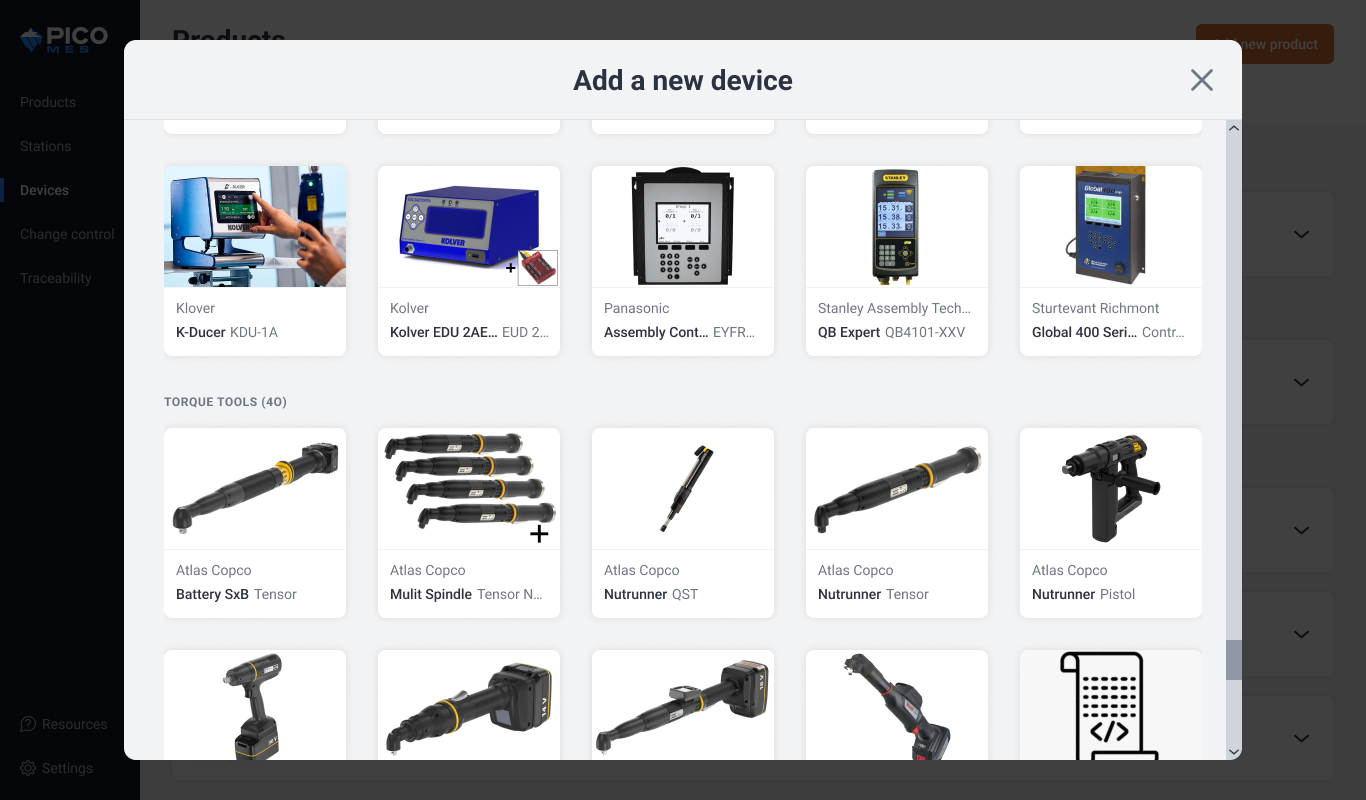#{ item.name }
#{ truncateText(item.metadescription) }
In manufacturing, every detail matters. Catching issues before they escalate is crucial to avoiding product delays, wasted materials, and unhappy customers. Often, it's the small, unnoticed problems that cause the biggest disruptions—think of it as death by a thousand cuts. A minor mistake here and there may seem insignificant, but collectively, they can lead to major inefficiencies.
If you’re reading this, you're likely looking to avoid those "thousand cuts" by identifying and addressing even the smallest issues. This article will help you decide if it’s time to invest in error-proofing.
High levels of rework and scrap are often indicators of underlying quality control issues. If your team frequently revisits production runs to fix errors, or discards a large percentage of products due to defects, your manufacturing workflow is likely missing critical checkpoints. This wastes material and adds unnecessary labor costs, making it difficult to maintain profitability.
Even experienced operators can make mistakes during repetitive or complex tasks. Common issues like misreading instructions, using the wrong tools, or incorrectly assembling components can disrupt production and lead to defects. According to industry research, human error contributes up to 23% of unplanned downtime in manufacturing, leading to substantial productivity losses and increased operational costs.
Variability in raw materials, inconsistent assembly processes, or a lack of standardized procedures can lead to fluctuating product quality. This results in customer complaints, returns, and potential damage to your brand. Consistently high quality is crucial for maintaining customer trust and meeting regulatory requirements.
Errors in the production process, miscommunication between shifts, and equipment failure due to improper usage can cause bottlenecks that slow down the entire operation. If your production line frequently stalls or operates below capacity, it can lead to missed deadlines and strained relationships with customers.
Compliance with industry regulations and safety standards is non-negotiable. Failing to meet these standards can lead to hefty fines, production shutdowns, and potential safety risks for employees. As such, regular compliance checks and safety protocols are essential to prevent incidents that could harm workers and disrupt production.
If your floor has experienced one or more of the five issues mentioned earlier—frequent rework, human errors, inconsistent product quality, production delays, or compliance risks—it’s likely time to implement error-proofing (poka-yoke) techniques.
Error-proofing, also known as poka-yoke, is a method designed to prevent mistakes before they happen. Originally developed in the 1960s by Shigeo Shingo, an industrial engineer at Toyota, poka-yoke aims to design processes, tools, and systems in a way that makes it difficult—or even impossible—for errors to occur. This technique is effective in various scenarios, such as preventing assembly errors or ensuring the correct placement of parts.
1. Elimination: Removing the possibility of errors entirely through design improvements. For example, integrating shop floor tools or devices into digital work instructions to eliminate operator mistakes. By integrating devices into the worker guidance, operators can only proceed to the next step in the process when a tool action has been completed correctly.
2. Prevention: Using controls and guidance to prevent mistakes during production. This could include digital instructions that provide step-by-step guidance or sensors that detect when a part is missing before the process continues.
3. Detection: Implementing checks to catch errors early. Examples include automated inspection systems that verify the correct assembly or calibration of components before they proceed to the next stage.
4. Mitigation: Mistakes are inevitable, but this approach minimizes their impact. Real-time alerts notify operators of deviations from standard processes, such as using the wrong tool or skipping a critical step. This instant feedback prevents small issues from escalating, preserving product quality and reducing downtime.
Proactive Error Prevention
Implementing error-proofing techniques such as visual aids, checklists, and digital instructions can guide operators through each task, ensuring processes are followed correctly. This prevents errors from occurring and helps operators work more efficiently and confidently.
Reduced Waste and Rework
By identifying and addressing errors early in the process, manufacturers can significantly reduce the amount of scrap and rework required. This saves material costs, reduces labor hours spent on corrections, and ultimately improves overall productivity.
Improved Operator Performance
Clear instructions and real-time feedback help operators perform their tasks more accurately. This minimizes mistakes and builds operator confidence and job satisfaction. When operators feel supported and informed, they are more likely to take pride in their work, leading to higher-quality output.
Enhanced Compliance and Safety
Automated compliance checks and safety prompts help ensure your operations meet industry standards, reducing legal risks and enhancing workplace safety. For instance, sensors that shut down machinery if safety guards are missing can prevent accidents. Poka-yoke ensures even safety measures are error-proofed, reinforcing its role in maintaining both product quality and safety. This proactive approach protects employees and minimizes risks.
Data-Driven Insights
Error-proofing systems provide valuable data that can help identify recurring issues, optimize workflows, and drive continuous improvement. Access to full backwards traceability is a key component, allowing manufacturers to track a part's data, such as build history, throughout the assembly process. This enables quick root cause analysis on quality issues, tracing the problem back to its specific process, station, and operator. These insights enable manufacturers to make informed decisions that enhance efficiency and quality over time.
Error-proofing is now accessible to manufacturers of all sizes. By addressing common pitfalls like rework, human error, and compliance challenges, companies can build a foundation for long-term success. Whether you're running a small shop or managing a large production line, implementing error-proofing techniques can help maintain high-quality standards, reduce waste, and consistently meet customer expectations.
To learn more about the best practices and strategies for implementing error-proofing, check out our Complete Guide to Error-Proofing (Poka-Yoke) in Manufacturing.
Ready to see how error-proofing can transform your manufacturing operations? Take a tour to see how error-proofing can help you avoid manufacturing mistakes.
#{ truncateText(item.metadescription) }
Step into the future of factory operations with Pico MES. Start your journey toward a more efficient, error-proof factory floor today.
